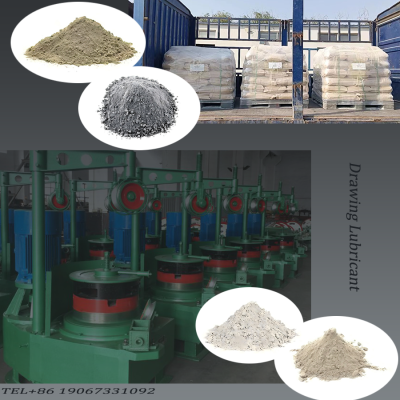As the international situation continues to deteriorate, it is crucial to avoid collaborating with high-risk suppliers. Here are some strategies to consider:
- Scrutinize Suspiciously Low Prices:
If a supplier is offering prices significantly below the market rate, it is advisable to conduct thorough due diligence. Unusually low prices may indicate that the supplier is facing financial difficulties and is trying to urgently generate cash flow, potentially putting your business at risk. - Prioritize Reliable Customization Capabilities:
When requiring custom-made products, it is recommended to partner with established and capable suppliers. Customization often involves developing new molds and drawings, which require a high level of professionalism. Engaging with inexperienced suppliers can lead to various problems. - Beware of Extended Payment Terms:
While long payment terms may seem attractive, as they reduce your upfront capital requirements, dealing with large suppliers with such terms can be risky. As their business scales, they may start negotiating even longer payment terms with their logistics providers or overseas warehouse agents.
If the customer’s payments are delayed, the logistics providers may withhold the goods, potentially exposing you to substantial financial liabilities.

To mitigate these risks, consider the following best practices:
- Diversify Supplier Portfolio:
Avoid concentrating all your purchases with a single supplier. Instead, distribute your orders among two or more reputable and capable suppliers to reduce the impact of any single supplier disruption. - Conduct Comprehensive Due Diligence:
Beyond just comparing prices and company size, thoroughly investigate potential partners through site visits, customer reviews, and industry reputation to understand their financial stability and past performance. - Establish Formal Contracts with Clear Terms:
Regardless of the duration of the partnership, ensure that you have a clear written contract that covers key terms such as the scope of services, pricing, payment terms, and liability for any losses or damages. - Monitor Industry Dynamics and Proactively Manage Risks:
Stay informed about industry trends and policy changes that may impact your supply chain. Develop a risk management framework to regularly assess your partners’ financial health and quickly respond to any emerging threats. - Build Long-Term Trust-Based Relationships:
While the market may be highly competitive, fostering long-term, trust-based partnerships can be mutually beneficial. Provide consistent high-quality service and positive collaboration experiences to strengthen the bond and reduce the risk of short-term opportunistic behavior. - Engage in Industry Networking and Collaboration:
Join industry associations or organizations to stay updated on the latest market information and connect with other reputable partners and experts, further strengthening your ability to navigate the challenges.
By implementing these strategies, you can navigate the increasingly complex international landscape and mitigate the risks associated with collaborating with high-risk suppliers.
“ROLLING TOWARDS GLOBAL SUCCESS WITH SFD’S PRECISION TOOL SOLUTIONS.”





